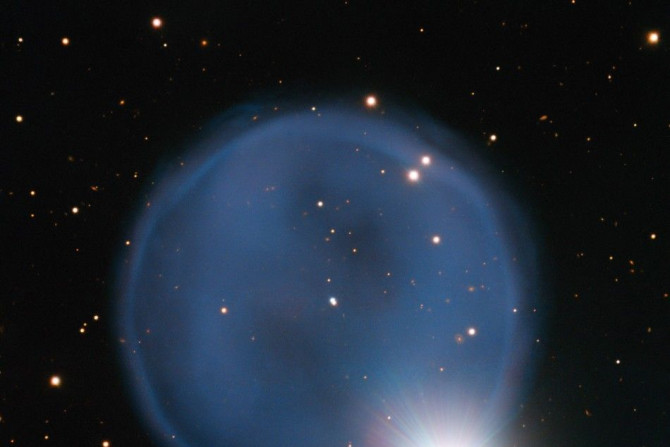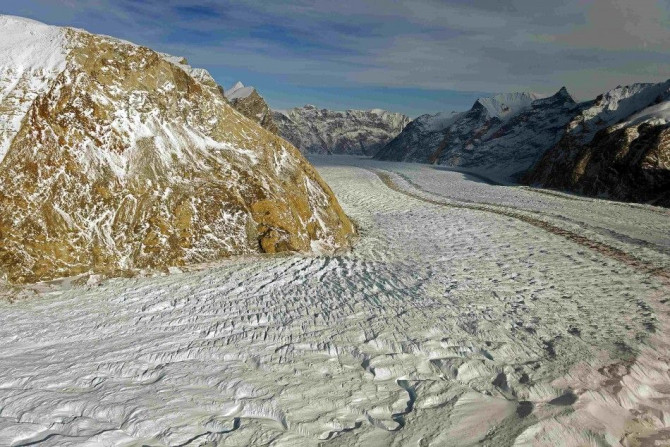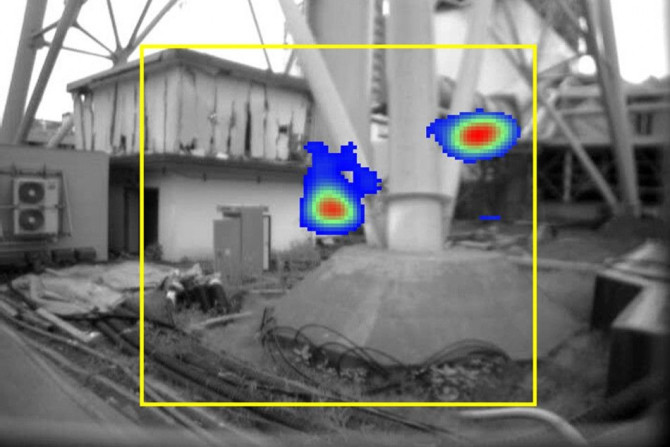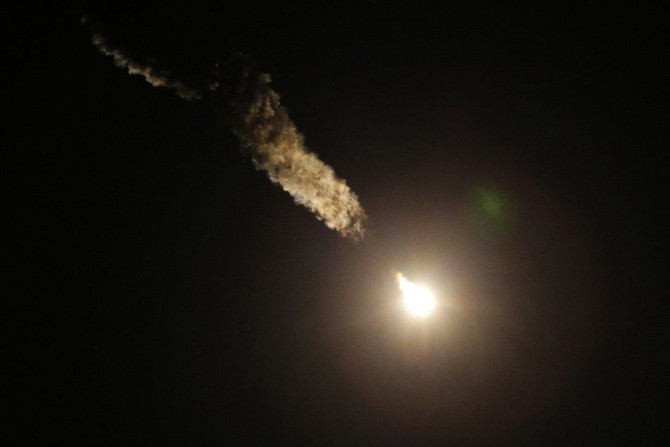Queensland Premier Campbell Newman had warned residents of the state to stay at home or in local shelters as Cyclone Ita batters Australia. He advised those whose houses were built before 1985 to immediately leave their units and go to local shelters since the homes could possibly not withstand the storm.
More than 9,000 people in north Queensland will be "directly impacted" by tropical cyclone Ita as the weather howler hits land on Friday night. The weather disturbance has been upgraded to the highest category 5 level. Winds strength is expected to reach 285km/h or more. Its speed has likewise increased from 16km/h to 18km/h.
Love may be in outer space. A world brought closer by astronomers. Space doesn't fail to amaze us with its stunning phenomena and objects captured at its best.
Tokyo Electric Power has started pumping radioactive groundwater from the crippled Fukushima Dai-Ichi nuclear power plant as a preventive measure to curb further leaks in the facility.
Evacuations have now started in far north Queensland after weather forecasters warned tropical Cyclone Ita has the potential to strengthen further to Category 5 system.
The National Aeronautics and Space Administration (NASA) Lunar Reconnaissance Orbiter (LRO) team will be meticulously observing the 2014 Lunar Eclipse on Tuesday, April 15. The total eclipse is expected to be a remarkable display for the viewers in North America.
A look at a new world where ice is as natural as soil has been given importance as NASA IceBridge mission presents the world an array of Greenland's breathtaking view.
A Queensland-based research group found dinosaur footprints that have not been exposed in public before
Financially strapped Tokyo Electric Power Co, operator of the crippled Fukushima Dai-ichi nuclear power plant, has been slapped a US$1 billion lawsuit by the 79 US sailors who were the first respondents to the crisis three years ago. The sailors claimed the operator lied about the high level of radiation in the area as they carried out their humanitarian mission.
Different Speculations on intelligent life emerged again after a mystery light on Mars is sighted from the planet's surface through a snapshot of NASA's Curiosity Rover.
Locals in far north Queensland from Port Douglas to Cape Grenville are being advised to prepare for the worst as tropical Cyclone Ita continues to pack in strength and could be far worse than Yasi of 2011.
Ebola virus disease (EVD) has started to spread in Africa after its outbreak earlier this year in forested areas in southeastern part of Guinea.
The automated hunting cameras that were set up on the property of couple Edith and Rainer Shattles in Jackson County, Mississippi recorded the strange UFO lights that appeared close to the Cumbest Bluff hunting area. The UFO sighting footage captured on the evening of February 16, 2014 showed a deer outlined by the strange lights coming from the unidentified flying object.
Probing life beyond Earth has been a hefty task for our today's scientists, but as of recent NASA detected a large hidden ocean inside Saturn's moon Enceladus adding to a possibility of extraterrestrial life.
Global British-Australian mining giant Rio Tinto on Monday said it will give up 19 per cent stake in the highly controversial Pebble copper-gold project in Alaska. It would donate them instead to two state charities.
Planet Mars will take spotlight in the night sky of April, this week. In one of the much awaited astronomical events, Mars will align with Earth and Sun on Tuesday night, April 8, 2014. On this day, Mars will reach what is called “opposition,” according to io9.com. It doesn’t end here, because in the following week the Earth will move closer to the Red Planet. Its proximity will be more than it has been in over six years.
Dogs' feelings of guilt and shame have been debated over for a long time. Now we're close to knowing the truth.
On Monday, RYOT reported another reptile war between a hungry alligator and an electric eel. The battle wasn't lopsided in favour of the gator which is bigger in size than the fish.
New study has revealed strategies to create new defense against AIDS-causing HIV in the form of a transplant drug which is normally used to prevent rejection of transplanted organs that could unlock a working cure.
Residents off North Queensland coast are being advised to brace for tropical Cyclone Ita which has left 16 people dead as well as massive floods in Solomon Islands.
Because of the painful bee sting on his nose, Michael Smith, a graduate student of Cornell University, was almost unwilling to have a third sting on his proboscis unlike 24 other body parts where he was bitten 5 times each as part of a science experiment.
This early, Filipinos have been told to prepare for another typhoon whose strength could be as strong as Haiyan (Yolanda) which hit the Philippines in November 2013. The strongest typhoon on record, Haiyan killed about 6,000 people and destroyed a lot of homes and infrastructure in the Visayas region, and until now, families are still rebuilding their lives and homes.
Noah's Ark from the Bible could have floated with two of every animal available during that time inside the boat.
On April 14 and 15, the Earth’s shadow will be darkening the full Moon for the startling celestial sky display, the 2014 Lunar Eclipse. Clear skies and no weather disturbances will offer the sky watchers a remarkable night view at the Geauga Park District’s Observatory Park in Montville Township, Ohio.
Experiencing at least 50 aftershocks per hour since Tuesday's big earthquake rumbler, Chileans from the port city of Iquique have started to flock uphill.
The first images of our planet through a couple of space cameras sent by Canadian company UrtheCast were released on Thursday, April 3.
April 15 will mark the first of the four lunar eclipses. It is known as "Blood Moon" because the much awaited celestial event will leave the moon appearing reddish orange, something blood-like.
Missing Malaysia Airlines Flight MH370 mystery continues to disappoint the investigators and loved-ones of the victims.
April 2014 will be offering viewers a remarkable sky display starting with the lunar eclipse on April 15. Then, the 2014 Lyrids meteor shower will appear next starting on Wednesday, April 16, until April 25.
The first of four total lunar eclipses for 2014-15, the Blood Moon, suggests 2nd coming of Jesus, a prophecy claims



























